Separate chemistry 1
Transition metals, alloys and corrosion - Edexcel
Transition metals have high melting points and densities, form coloured compounds and act as catalysts. Rusting can be prevented by keeping oxygen and water away, and by sacrificial protection.
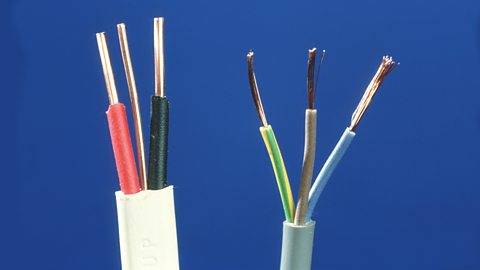
Percentage yield, atom economy and gas calculations - Edexcel
The percentage yield shows how much product is obtained compared to the maximum possible mass. The atom economy of a reaction gives the percentage of atoms in reactants that form a desired product.
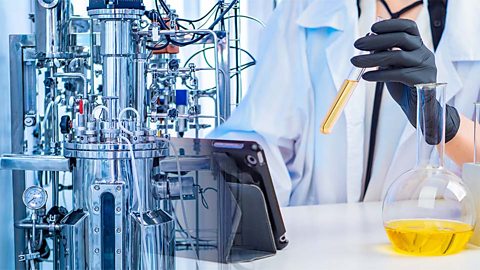
More chemical calculations - Higher - Edexcel
Calculations involving the mole can be used to determine unknown concentrations, volumes and masses in reactions. One mole of any gas occupies 24 cubic decimetres at room temperature and pressure.

Fertilisers and chemicals - Edexcel
Fertilisers may contain nitrogen, phosphorus and potassium compounds to promote plant growth. Ammonium nitrate and ammonium sulfate are salts that can be used as fertilisers.
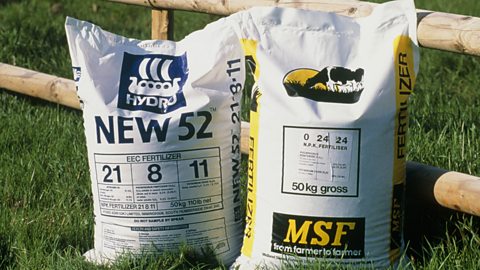
Industrial chemical reactions - Higher
The conditions chosen for an industrial reaction are related to producing an acceptable yield in an acceptable time. Different reaction pathways are often available to produce a given product.
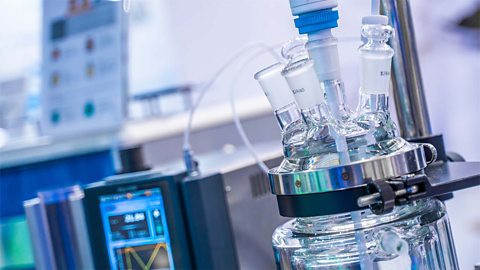
Chemical cells and fuel cells - Edexcel
A chemical cell produces a voltage until one of the reactants is used up. In a hydrogen-oxygen fuel cell, hydrogen and oxygen are used to produce a voltage, and water is the only product.
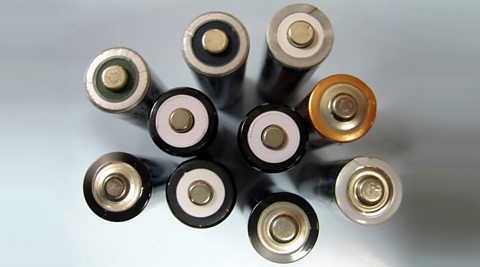
Sample exam questions - Edexcel
Understanding how to approach exam questions helps to boost exam performance. Question types will include multiple choice, structured, mathematical and practical questions. Arrangements for exam/non-exam assessments for students taking qualifications during the pandemic may be subject to change. Please check with your teacher.

Links
- External linkExternal link
- External linkExternal link
- SubscriptionSubscription
- External linkExternal link
- External linkExternal link
- External linkExternal link
- SubscriptionSubscription
- External linkExternal link